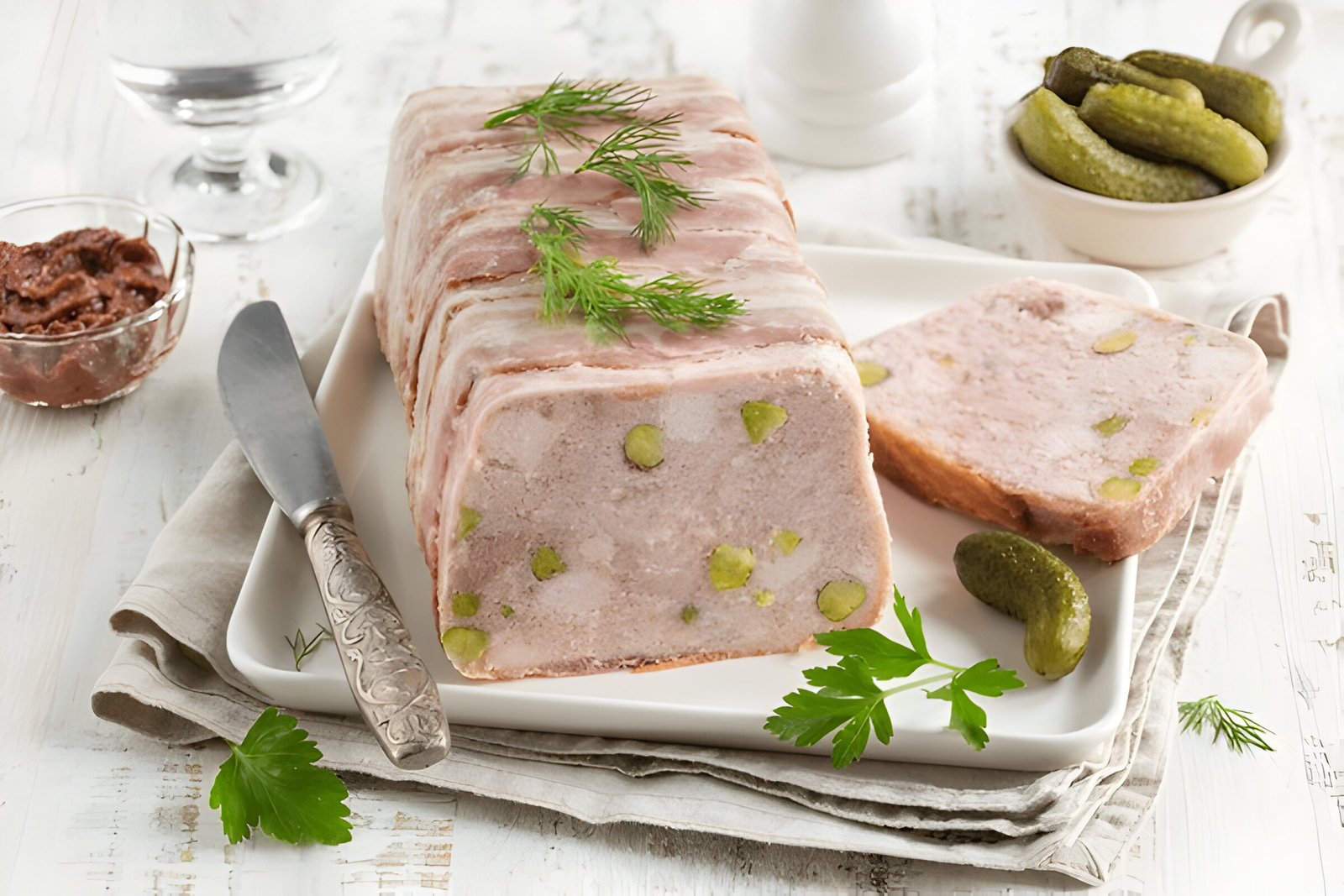
Image Credit : Shutter stock
Turkey bacon has become a popular alternative to traditional pork bacon, offering a leaner option for breakfast recipes and dinner dishes alike. This versatile ingredient has gained traction among health-conscious individuals seeking to reduce their calorie intake while still enjoying the savory flavors of bacon. Turkey bacon can be used in wraps and sandwiches, as a topping for salads, or as a standalone protein source, making it a valuable addition to many kitchens.

Cooking turkey bacon to perfection requires attention to detail and the right techniques. This guide will walk readers through the process of preparing and cooking turkey bacon, including tips on achieving the ideal texture. It will also cover how to cook turkey bacon in the oven for those who prefer a hands-off approach. Additionally, the article will provide insights on serving suggestions and proper storage methods to ensure the best taste and freshness. By following these steps, anyone can master the art of cooking delicious turkey bacon.
Image Credit: Yandex
Table of Contents
TogglePreparing Your Ingredients and Equipment
Choosing the Right Turkey Bacon
When selecting turkey bacon, it’s important to consider several factors. Turkey bacon typically consists of chopped turkey meat reformed into bacon-like strips. While it’s often marketed as a healthier alternative to pork bacon, this isn’t always the case. Lauren Manaker, MS, RDN, advises that turkey bacon can contain nitrates and sodium similar to pork bacon. To make a better choice, look for uncured products or those labeled as ‘reduced sodium.’
When shopping, check the label for terms like “natural,” “uncured,” or “no nitrates/nitrites added.” These options often contain fewer additives and preservatives. Some recommended brands include Trader Joe’s, Applegate Naturals, and Wellshire, which is made with turkey thighs.
Essential Kitchen Tools
To cook turkey bacon to perfection, having the right equipment is crucial. Here are some essential tools:
- Baking Sheet: A rimmed baking pan is ideal for cooking turkey bacon in the oven.
- Parchment Paper or Aluminum Foil: Line the baking sheet with either of these to make cleanup easier.
- Wire Rack: Using a rack on top of the baking sheet promotes air circulation, resulting in evenly cooked and crispy bacon.
- Meat Thermometer: An instant-read thermometer helps ensure the bacon has an internal temperature of 160-165°F.
Also Read : Top 10 Best Griddle Grills for 2024: Ultimate Buying Guide
Preheating the Oven
To cook turkey bacon in the oven, preheat it to 400 degrees Fahrenheit. This temperature allows for even cooking and crispy results. However, there’s some flexibility with the temperature. If you’re cooking other items simultaneously that require a slightly different temperature (like 375°F or 425°F), you can adjust the cooking time accordingly.
Step-by-Step Cooking Process
Arranging the Bacon
To begin, one should line a rimmed baking pan with parchment paper or aluminum foil. This step makes cleanup easier and prevents the turkey bacon from sticking. Next, the cook needs to arrange the turkey bacon strips in a single layer on the prepared pan. For optimal results, it’s recommended to place a wire rack on top of the baking sheet. This allows air to circulate around the strips, promoting even cooking and perfect crispiness without burning. However, if a rack is unavailable, the bacon can be placed directly on the lined baking sheet.
Baking Time and Temperature
The oven should be preheated to 400°F (200°C). This temperature is ideal for cooking turkey bacon, but there’s some flexibility. If other dishes are being prepared simultaneously that require a slightly different temperature (such as 375°F or 425°F), the cooking time can be adjusted accordingly. Once the oven has reached the desired temperature, the pan with the arranged turkey bacon should be placed inside.
Flipping for Even Crispiness
Image Credit : Yandex
A typical cooking time for turkey bacon ranges from 15 to 18 minutes. However, it’s advisable to start checking the bacon after 12 minutes, as different brands and thicknesses may require varying cooking times. For even browning, it’s recommended to flip the bacon strips once halfway through cooking. This step, while not necessary for traditional pork bacon, has been found to yield better results with turkey bacon. After flipping, the bacon should be cooked for an additional 5 minutes or until it reaches the desired level of crispness.
Achieving the Perfect Texture
Signs of Doneness
When cooking turkey bacon, it’s crucial to recognize the signs of doneness. The meat should turn brown and appear fairly crispy, with no pink or raw-looking spots visible. This visual cue indicates that the turkey bacon has reached the desired level of cooking. It’s important to note that turkey bacon tends to be chewier than pork bacon due to its leaner composition. While it can become somewhat crisp, it doesn’t achieve the same snap as traditional pork bacon.
Adjusting Cooking Time for Desired Crispiness
The cooking time for turkey bacon varies depending on the method used and personal preference for crispiness. In a skillet, turkey bacon typically takes about 8 to 10 minutes total, with flipping halfway through. When using an oven or toaster oven, the cooking time ranges from 10 to 15 minutes. For those using an air fryer, expect the bacon to be done in approximately 10 minutes.
To achieve the perfect texture, one can adjust the cooking time based on the desired level of crispiness. For bacon cooked directly on a baking sheet, an additional 5 to 10 minutes may be necessary. If using a cooling rack, adding 10 extra minutes often yields better results. For those who prefer extra crispy bacon, flipping the strips again and baking for an additional 3 to 5 minutes can help achieve the desired texture.
To enhance crispiness, especially when cooking in a skillet, one can melt a teaspoon or two of butter or swirl a bit of olive or avocado oil in the pan before adding the turkey bacon. This technique helps to create a crispier exterior while maintaining the bacon’s texture.
Serving and Storage Tips
Draining Excess Grease
To serve turkey bacon without excess grease, several methods can be employed:
- Use a slotted spoon or tongs to lift the cooked bacon, allowing grease to drip off before plating.
- Place cooked bacon on a wire rack over a baking sheet, letting grease drip down.
- Lay bacon on paper bags or parchment paper to absorb excess grease.
- Blot bacon with a clean, lint-free kitchen towel.
These techniques help reduce waste while removing unwanted grease before serving.
Pairing Suggestions
Turkey bacon’s versatility makes it an excellent addition to various dishes:
- Breakfast sandwiches
- Crumbled in salads
- Topping for deviled eggs
- In wraps
- On bacon cheeseburger pizza
Its savory flavor complements a wide range of recipes, making it a valuable ingredient in the kitchen.
Proper Storage Methods
For optimal freshness and safety, follow these storage guidelines:
- Refrigeration:
- Store cooked turkey bacon in an airtight container or resealable plastic bag.
- Keep in the refrigerator for 3-5 days.
- Freezing:
- Wrap cooked bacon in aluminum foil or freezer paper.
- Place in a freezer-safe bag.
- Store in the freezer for up to 2-3 months.
For uncooked bacon, freeze in its original packaging or repackage in airtight containers for 1-2 months.
To reheat, use an air fryer for 1 minute, microwave for 30-60 seconds wrapped in paper towel, or heat in a skillet for 1-2 minutes per side. Always ensure bacon has an internal temperature of 160-165°F before consuming.
Conclusion
Mastering the art of cooking turkey bacon opens up a world of culinary possibilities. This guide has explored the essential steps to prepare this lean alternative to traditional pork bacon, from selecting the right product to achieving the perfect texture. By following these methods, anyone can create crispy, flavorful turkey bacon that’s sure to enhance a variety of dishes. The versatility of turkey bacon makes it a valuable addition to any kitchen, offering a healthier option without sacrificing taste.
Remember that practice makes perfect when it comes to cooking turkey bacon. Experimenting with different cooking times and methods will help you find your preferred level of crispiness. Whether you’re using it as a breakfast staple, a salad topping, or an ingredient in your favorite recipes, properly cooked turkey bacon can be a delicious and healthier alternative to its pork counterpart. So go ahead, give these techniques a try, and enjoy the tasty results of your culinary efforts.
FAQs
1. What is the recommended method for cooking turkey bacon?
To cook turkey bacon, first preheat your oven to 400 degrees Fahrenheit. Use a baking sheet lined with parchment paper or aluminum foil, and place a baking rack on it if available. Lay the turkey bacon strips in a single layer on the rack or directly on the parchment, ensuring they do not overlap. Cook in the middle rack of the oven for about 12 minutes.
2. Why does turkey bacon sometimes not become crispy?
For turkey bacon to become crispy, it is crucial to avoid overlapping the strips on the wire rack. Overlapping prevents the strips from cooking evenly and crisping up. If you have multiple packages of turkey bacon, it’s best to cook them in separate batches to ensure they all get crispy.
3. Is there a difference in cooking methods between turkey bacon and regular bacon?
Turkey bacon can be cooked in the same ways as traditional pork bacon, including pan-frying, microwaving, or baking in the oven. Although turkey bacon is made from a pressed and seasoned turkey mixture, it can still achieve the golden and crispy texture typical of regular bacon when cooked properly.
4. How can you prevent turkey bacon from sticking to the pan while cooking?
To prevent turkey bacon from sticking, line your baking sheet with parchment paper before placing the bacon strips. Arrange the strips side by side without letting them touch each other to ensure they cook evenly and do not stick.
1710 words
Back
St







